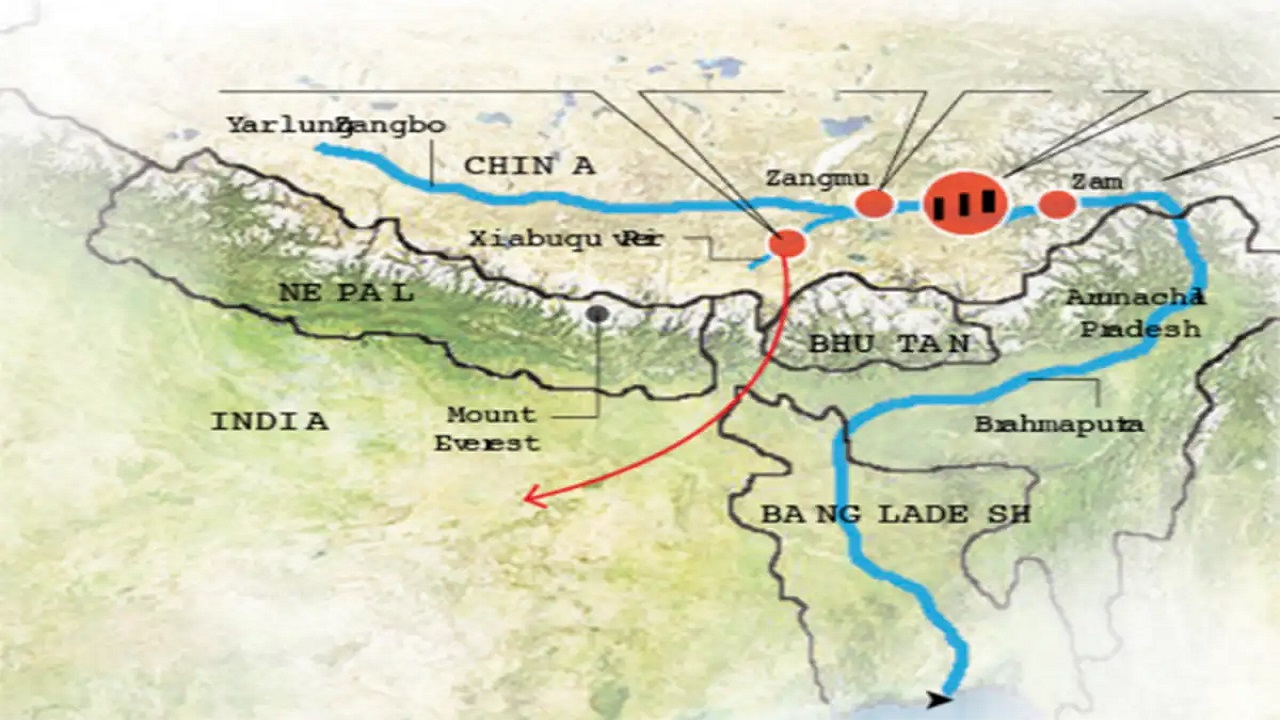Carbon Markets and Climate Goals: India’s Strategy Post-COP29
Introduction
The 29th Conference of the Parties (COP29) in Baku, Azerbaijan, focused on climate finance and advancing Article 6 of the Paris Agreement.
A key outcome was the implementation of Article 6.2, which enables Internationally Transferred Mitigation Outcomes (ITMOs)—a system where:
- Developed countries invest in emission-reduction projects in developing countries.
- Developing nations gain financial and technological support for clean energy.
- Both sides benefit—one meets climate targets, while the other accelerates sustainability.
This mechanism promotes international cooperation and lowers the cost of emissions reduction.
How Article 6.2 Benefits India
India, as a fast-growing economy and a major emitter, faces the challenge of balancing development with climate commitments. Through Article 6.2, India can:
- Attract global investment for clean energy projects.
- Leverage foreign technology for carbon reduction.
- Expand its carbon credit market, building on initiatives like the Carbon Credit Trading Scheme (CCTS) - 2023.
India has identified 14 key sectors for ITMO transactions, including renewable energy, green hydrogen, and energy storage. Partnerships with Japan, South Korea, and the EU can enhance these efforts.
Challenges & Solutions
Challenges:
- Developed nations might buy carbon credits instead of cutting their own emissions, shifting the burden to India.
- Over-reliance on ITMO sales could affect India’s ability to meet its own climate goals.
- Transparency issues could lead to double counting or unfair credit distribution.
Solutions:
- Fair agreements ensuring financial and technological benefits for India.
- Strong monitoring and governance to prevent misuse of carbon credits.
- Investment in domestic clean energy projects to balance economic growth with sustainability.
Conclusion
With careful implementation, Article 6.2 can help India unlock climate finance, strengthen global partnerships, and lead in clean energy markets, ensuring both economic and environmental progress.

.jpg)


Comments (0)